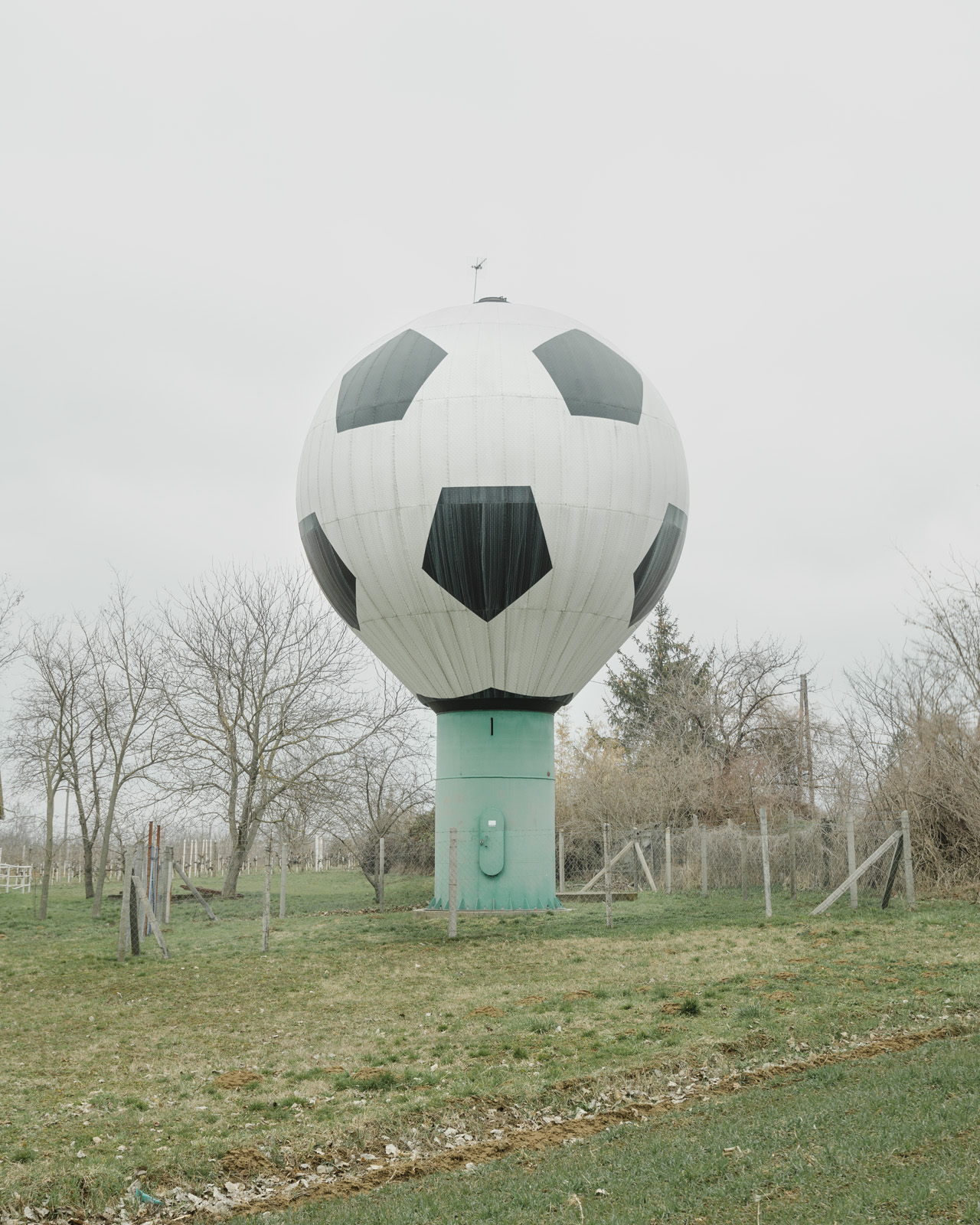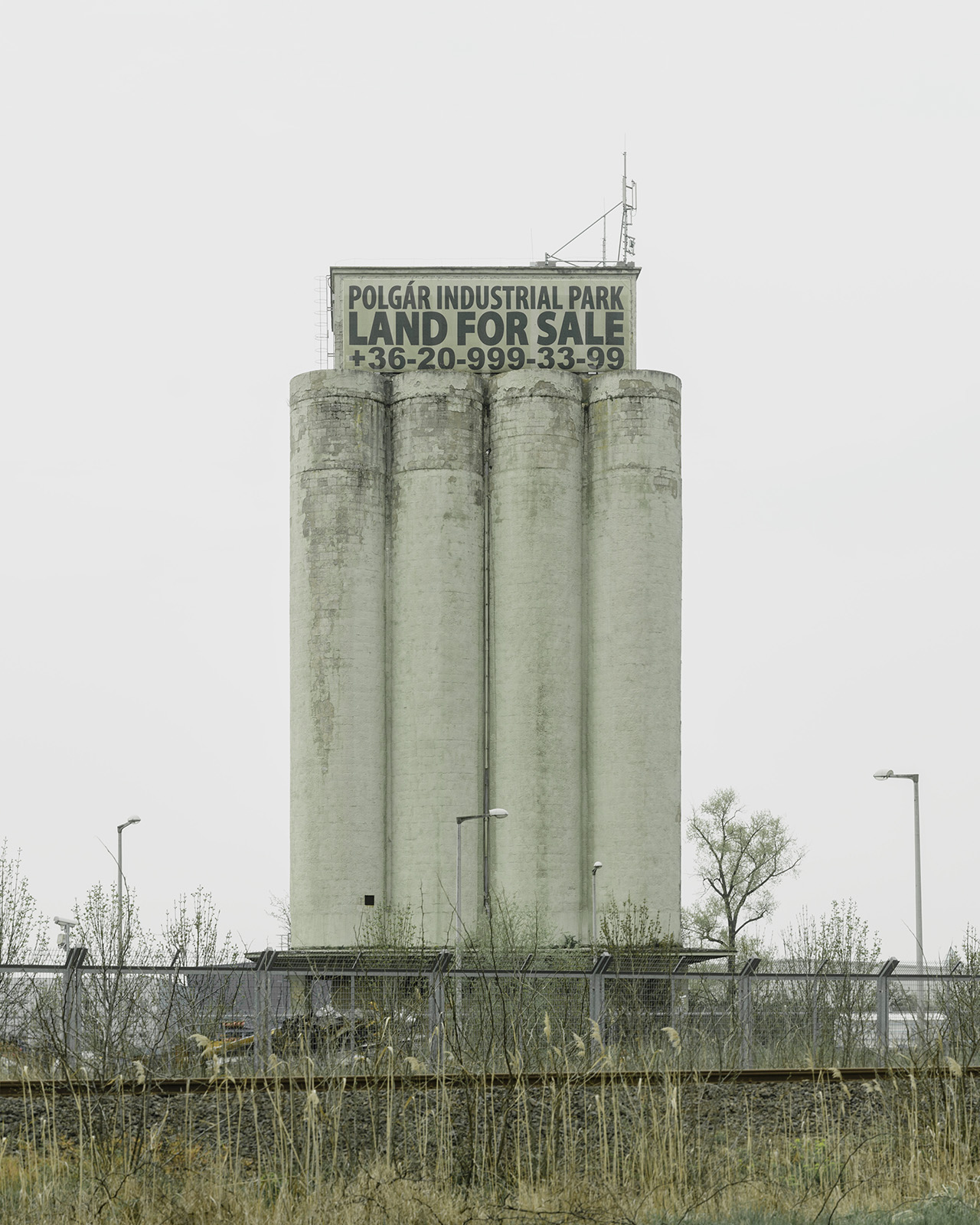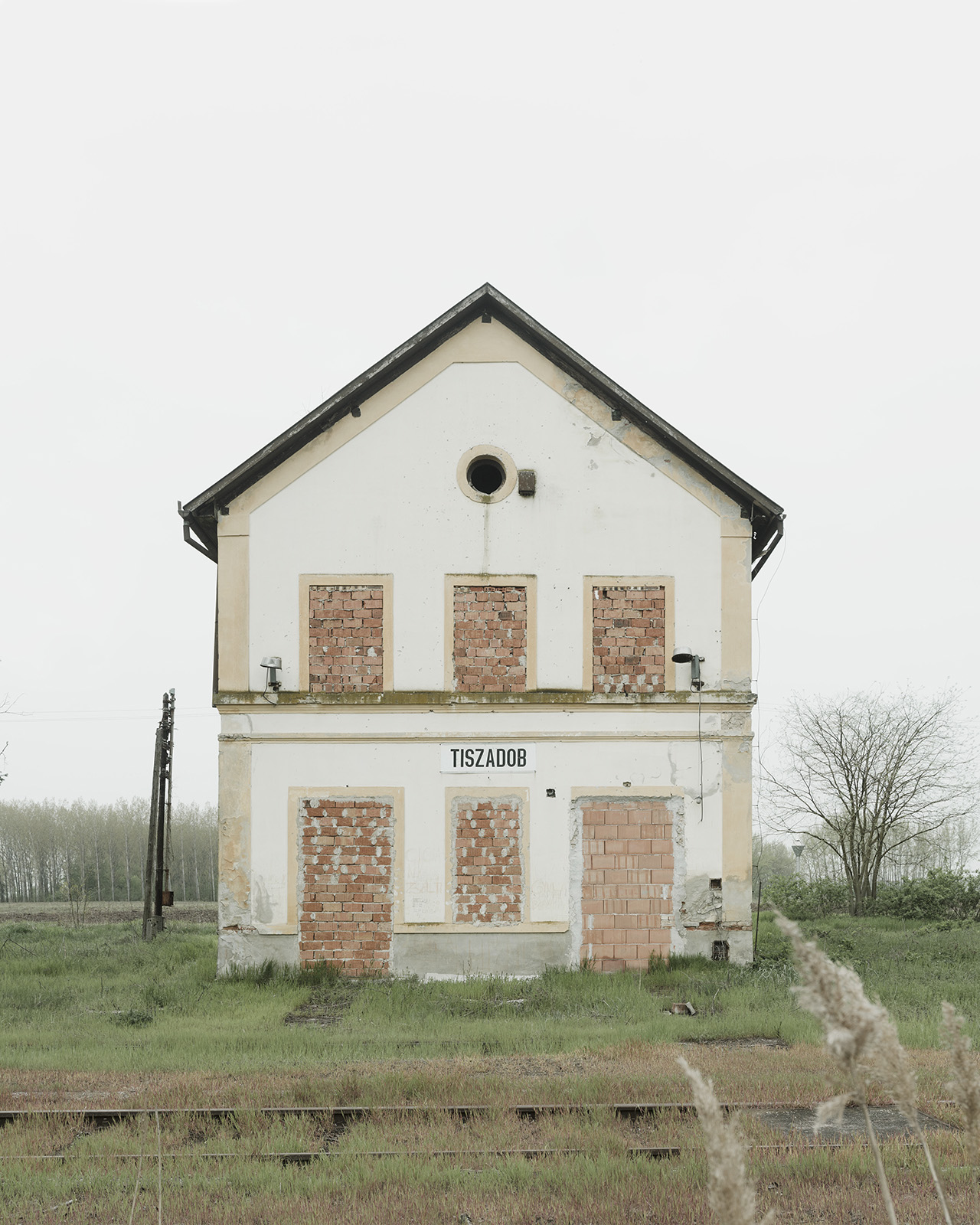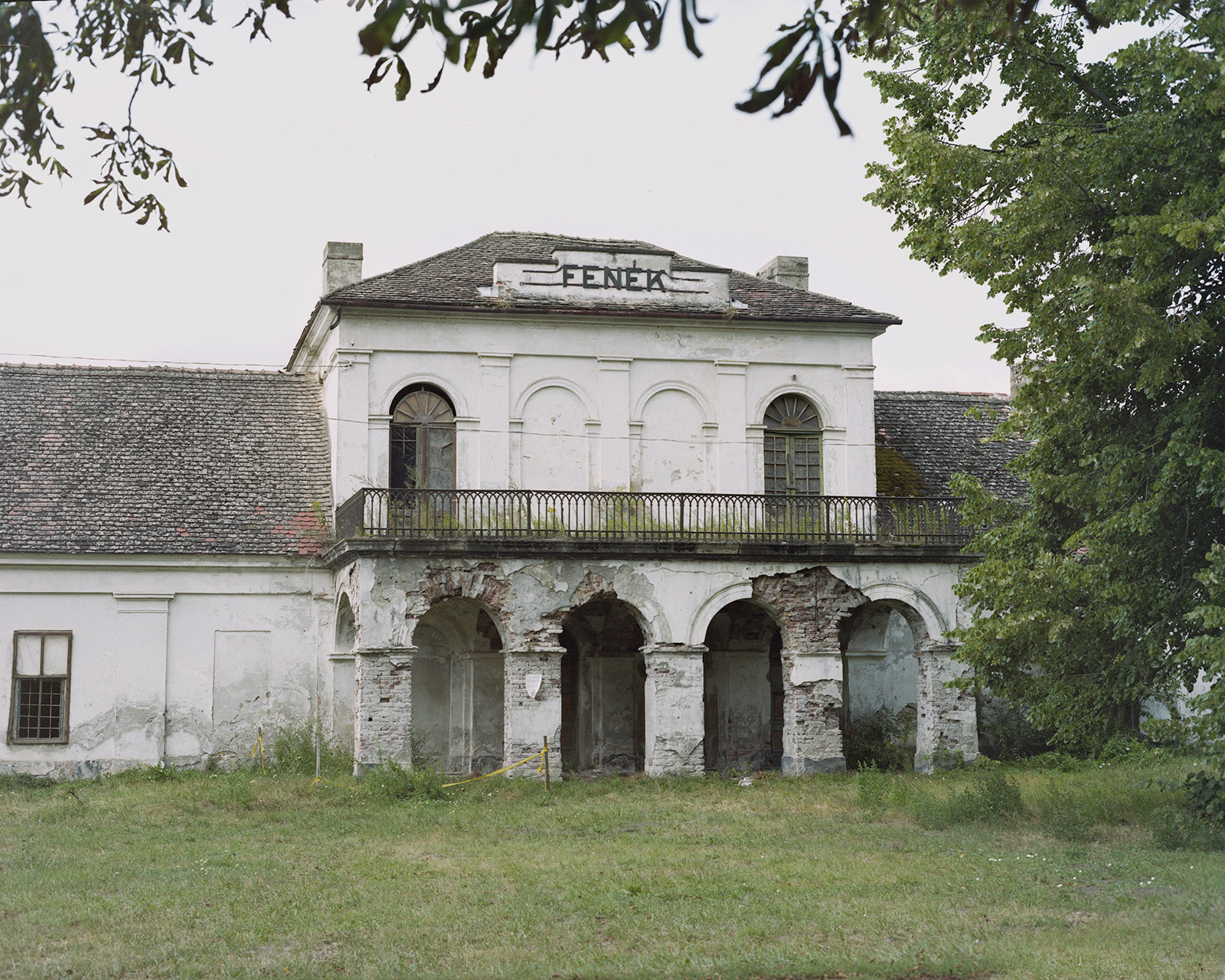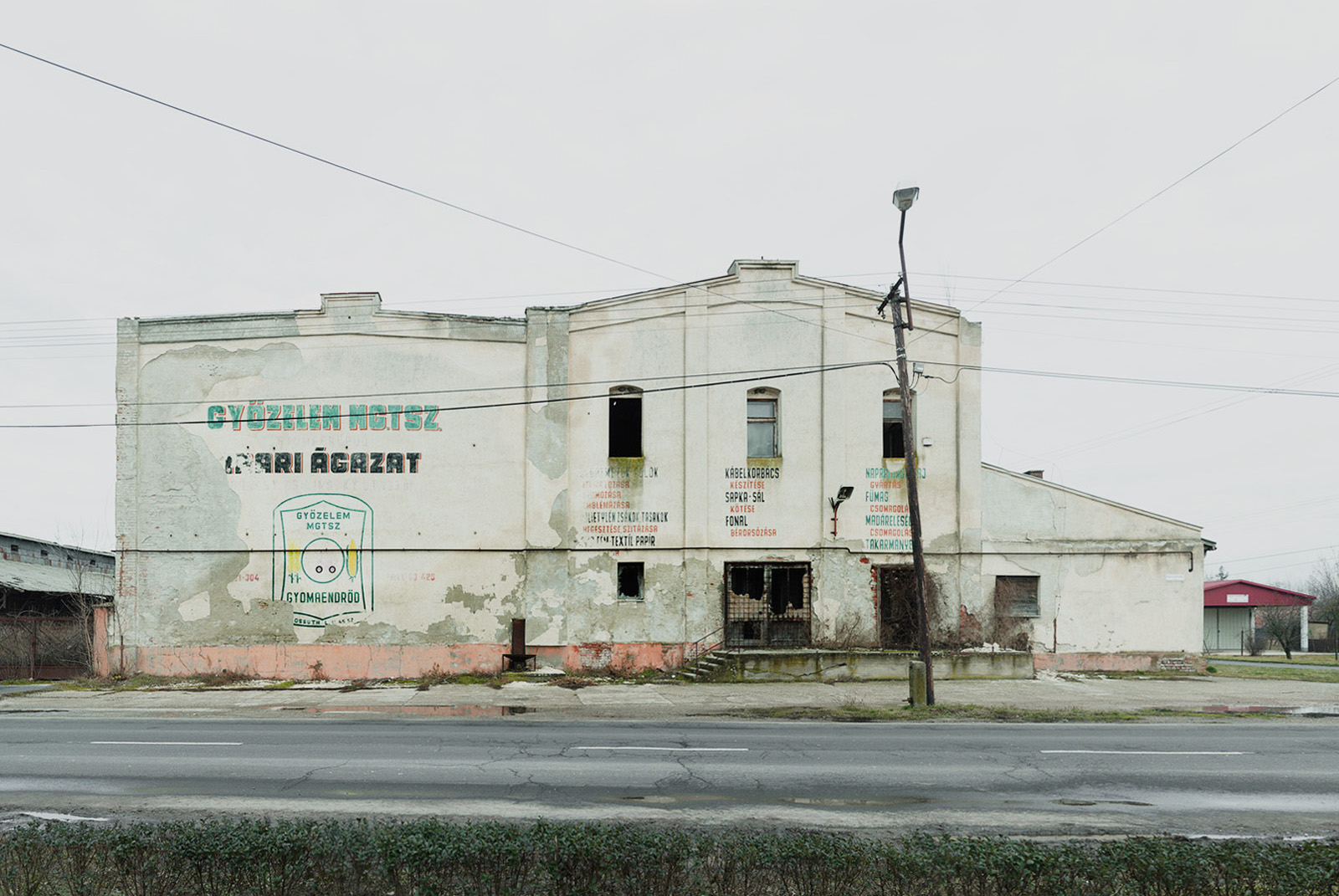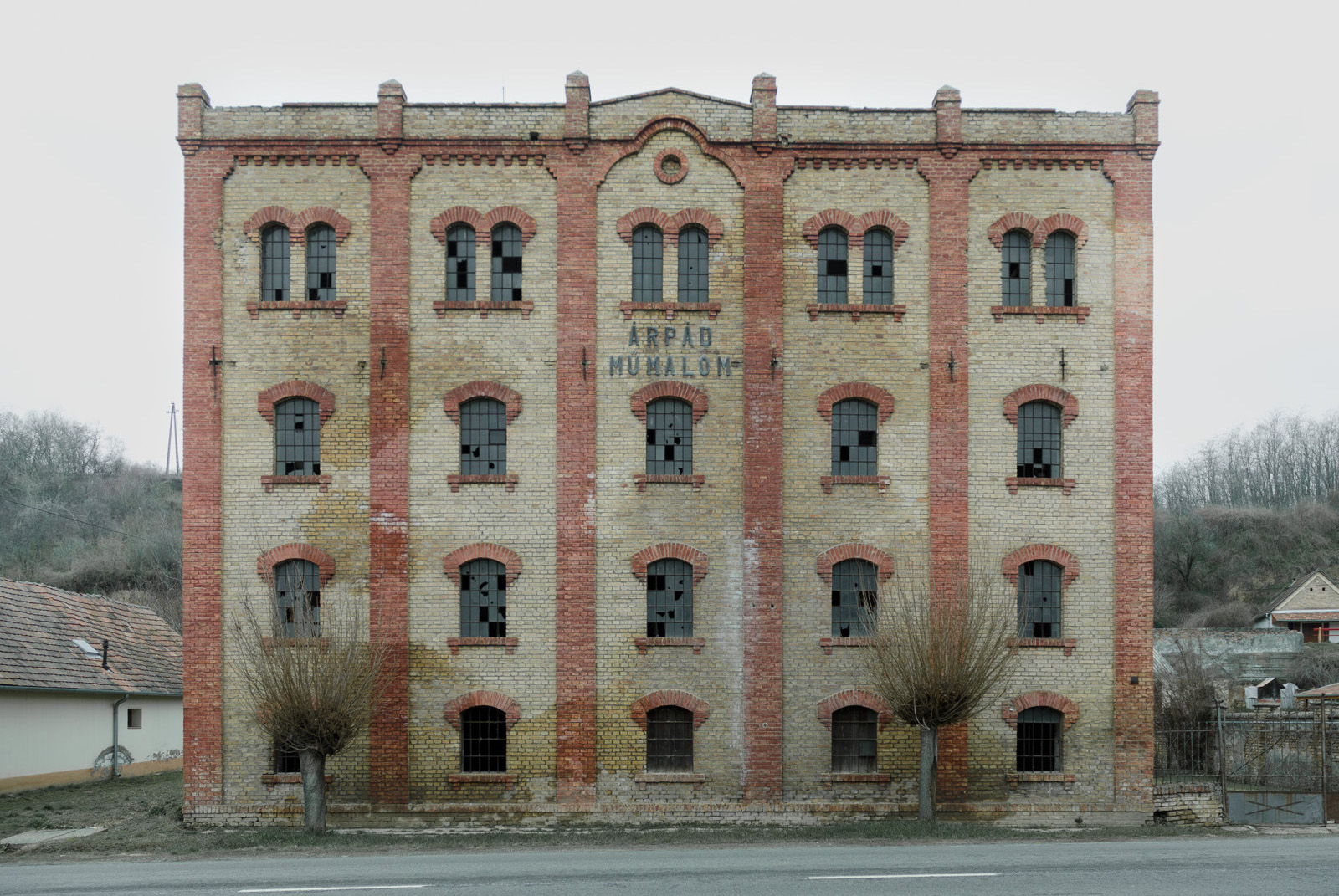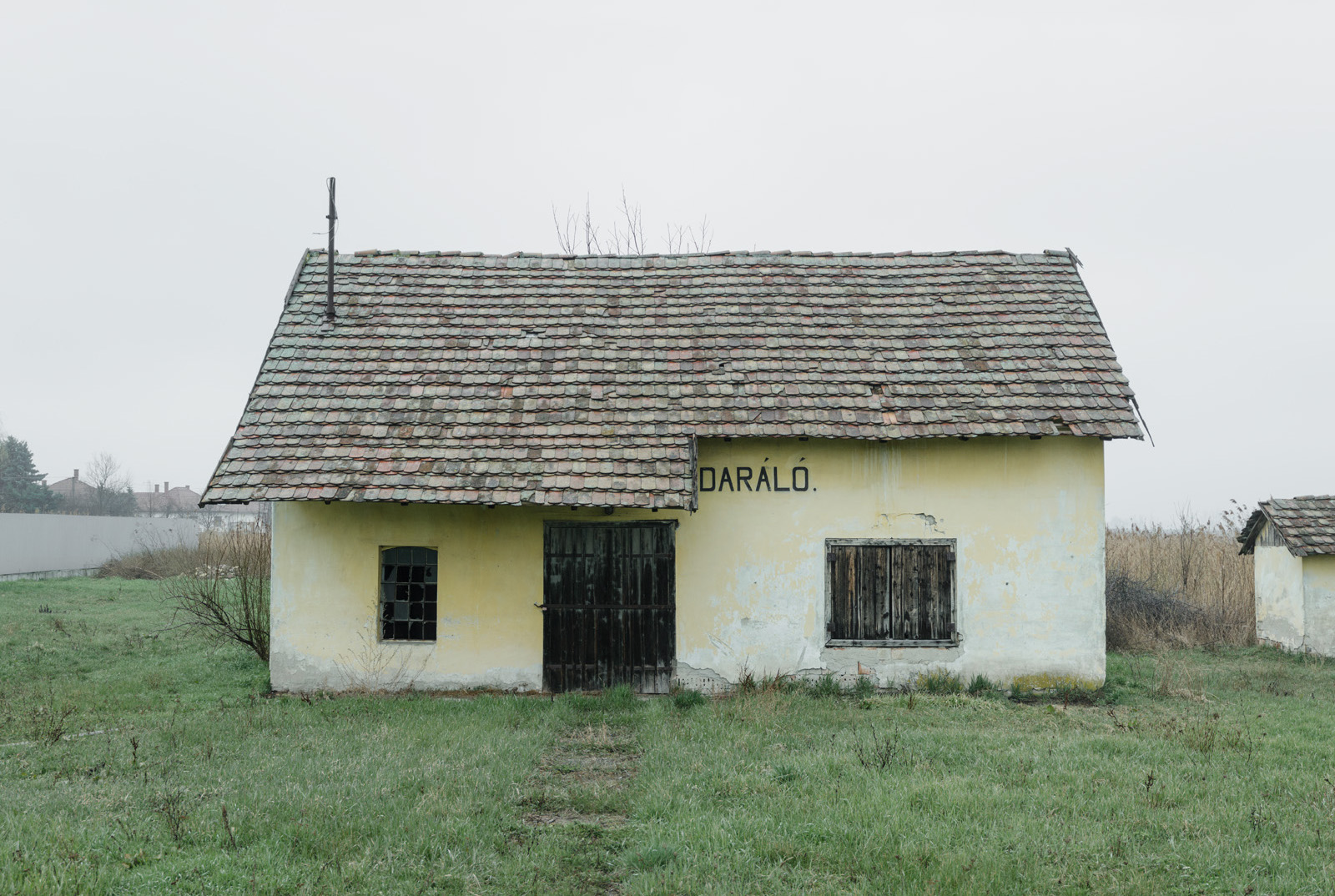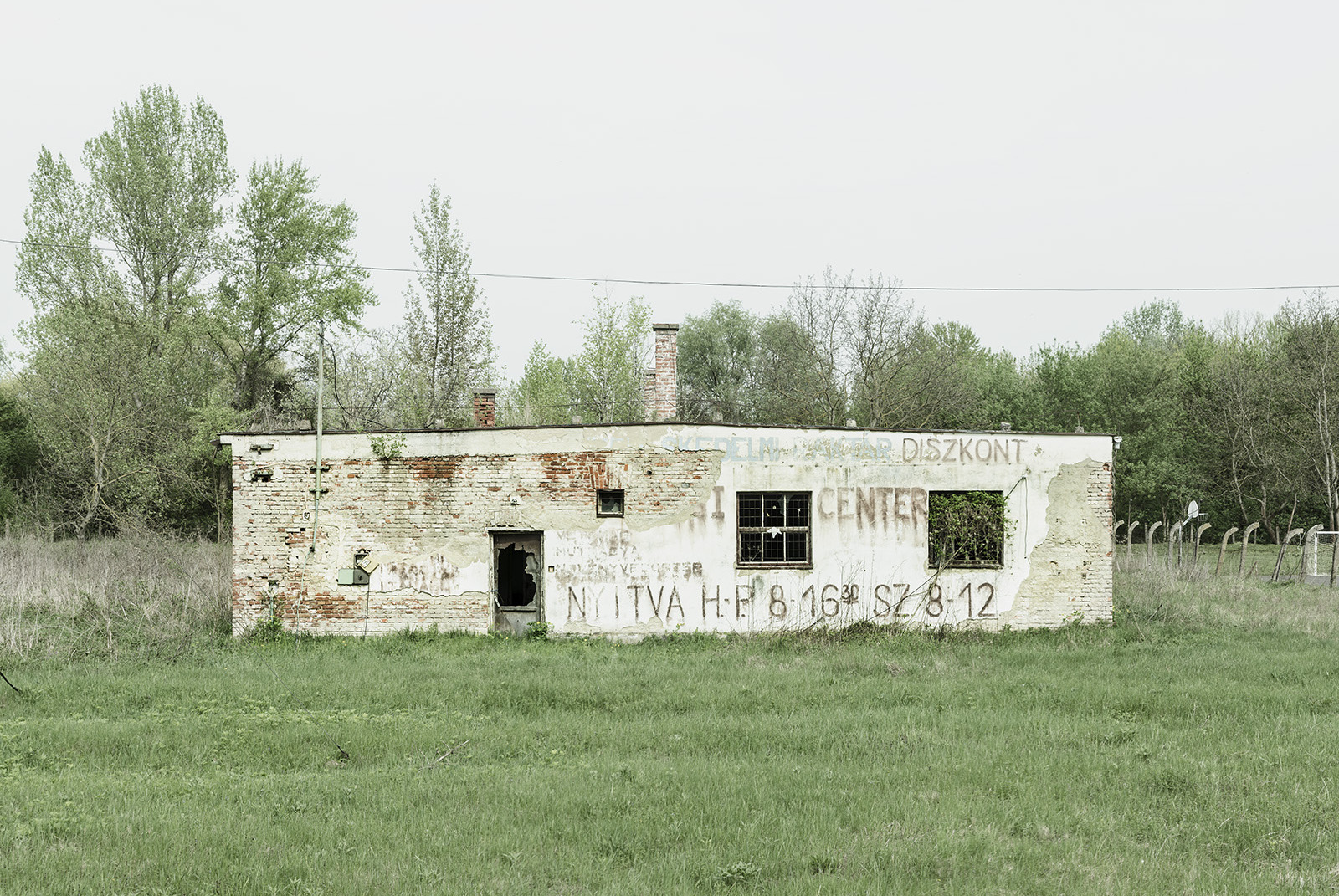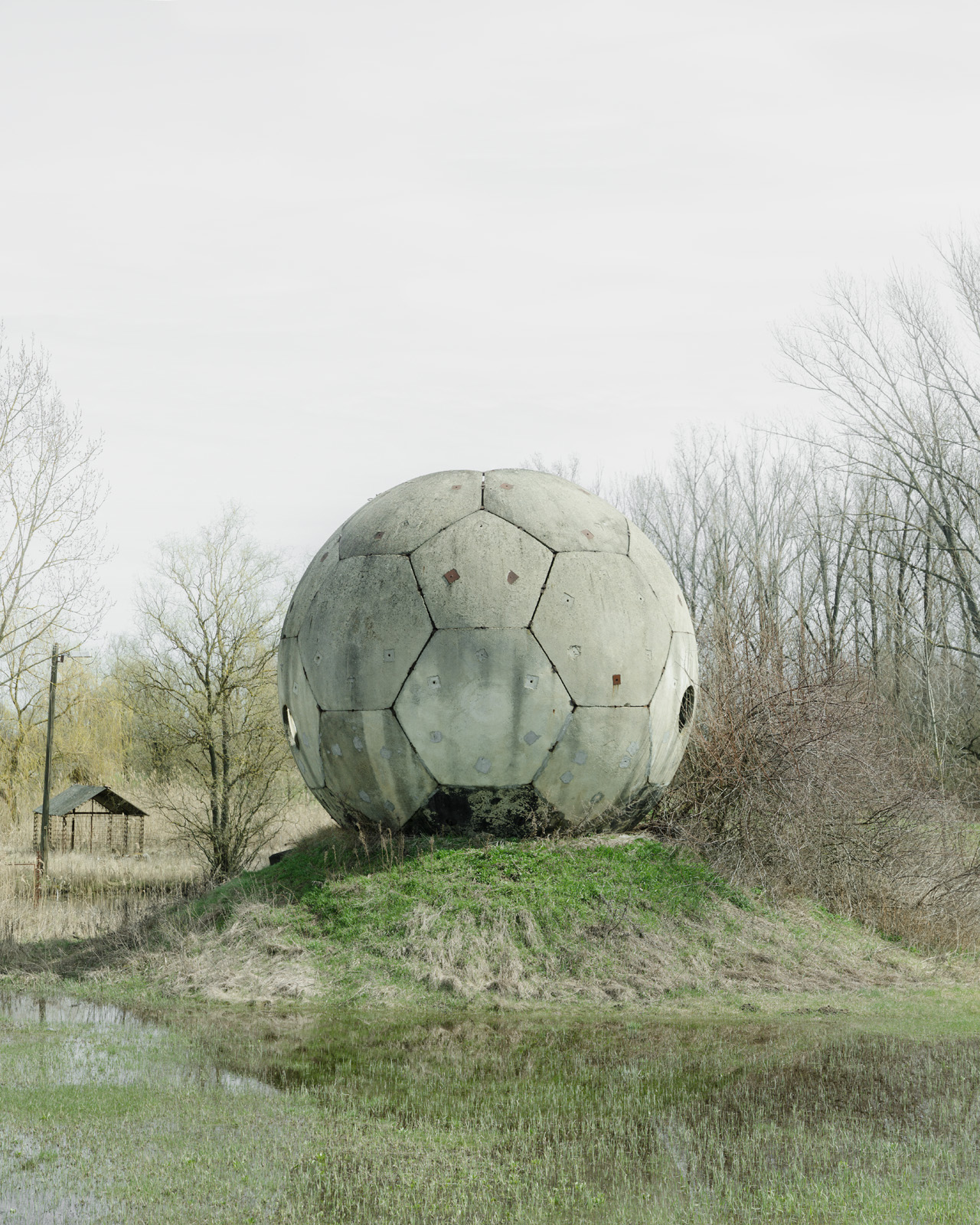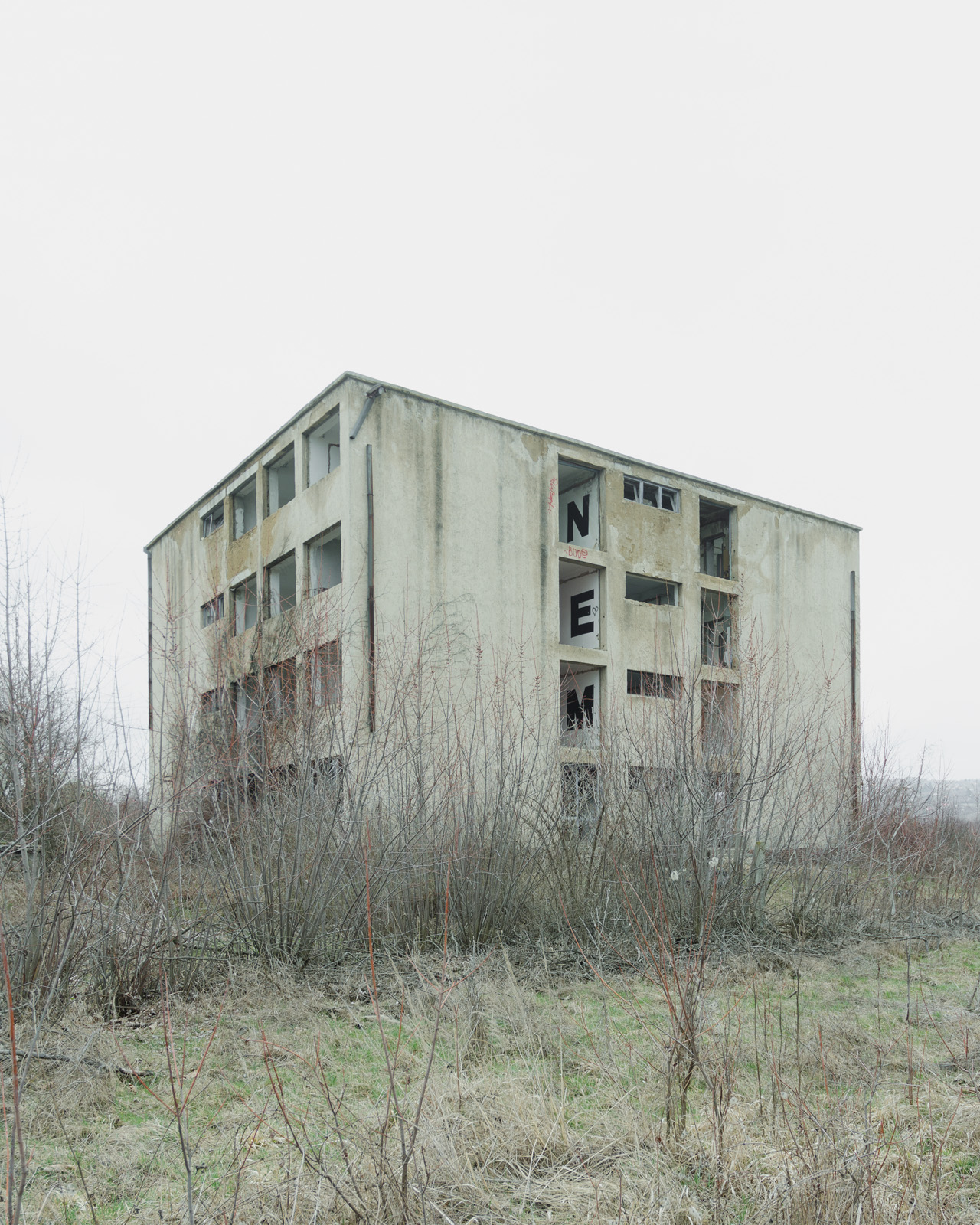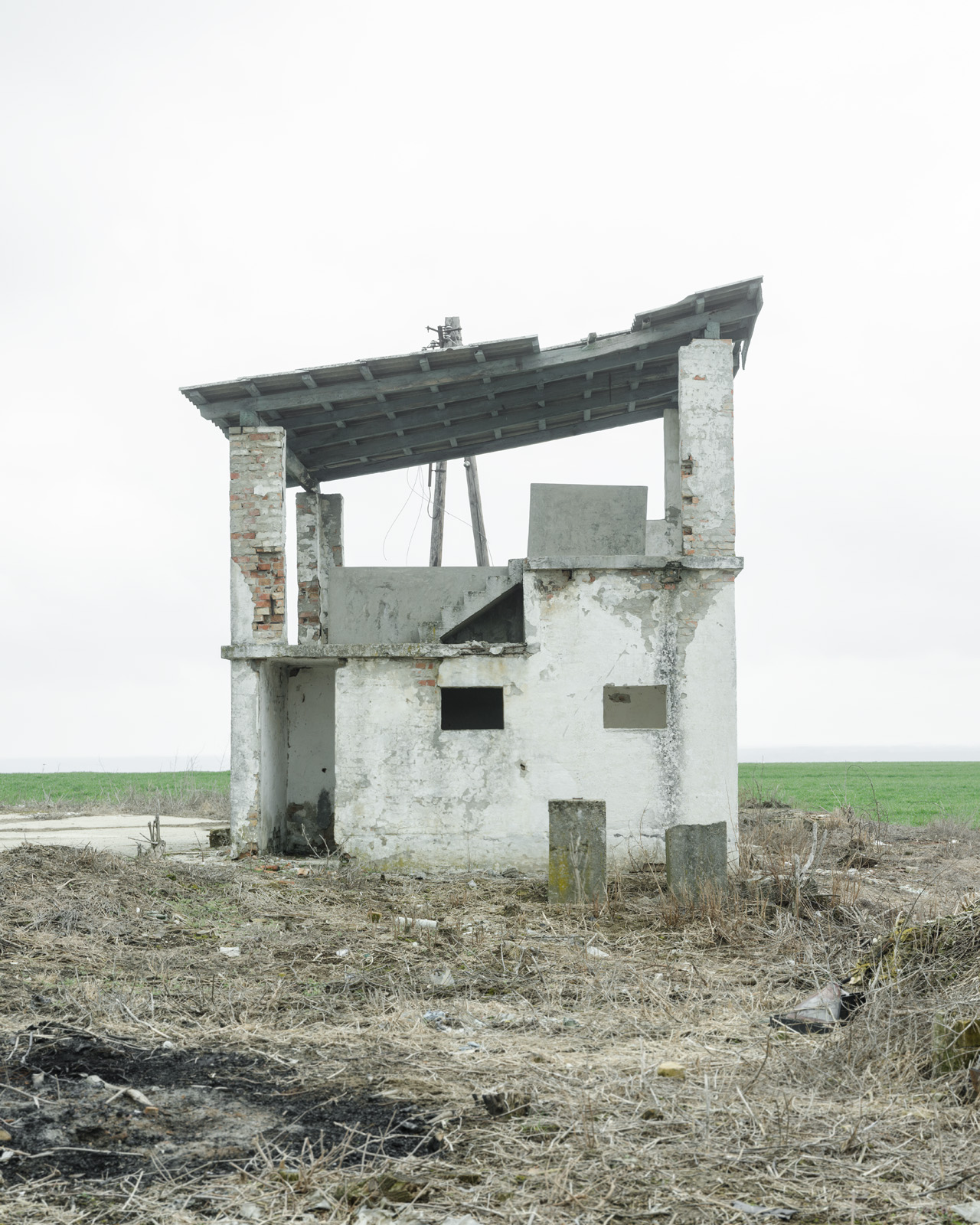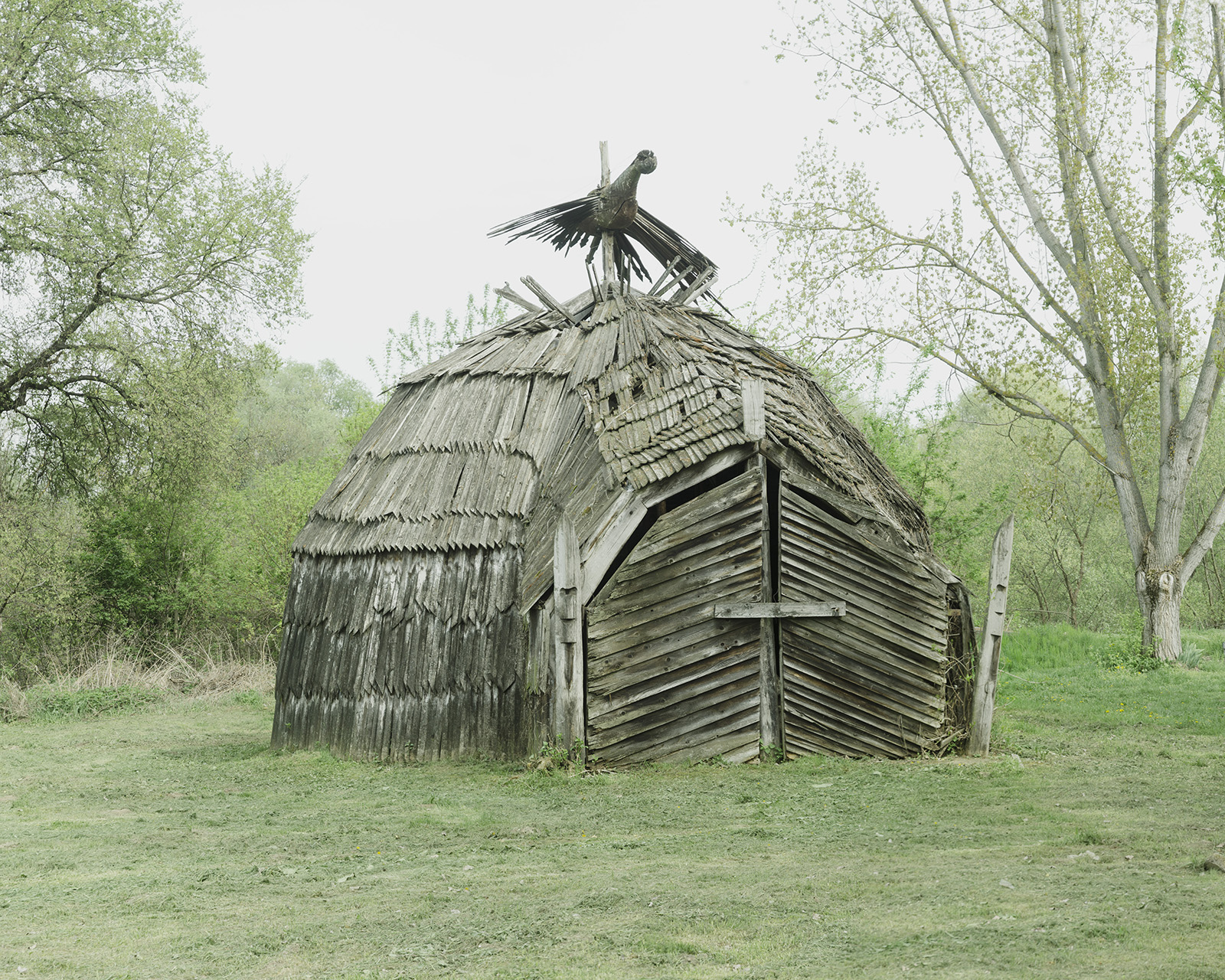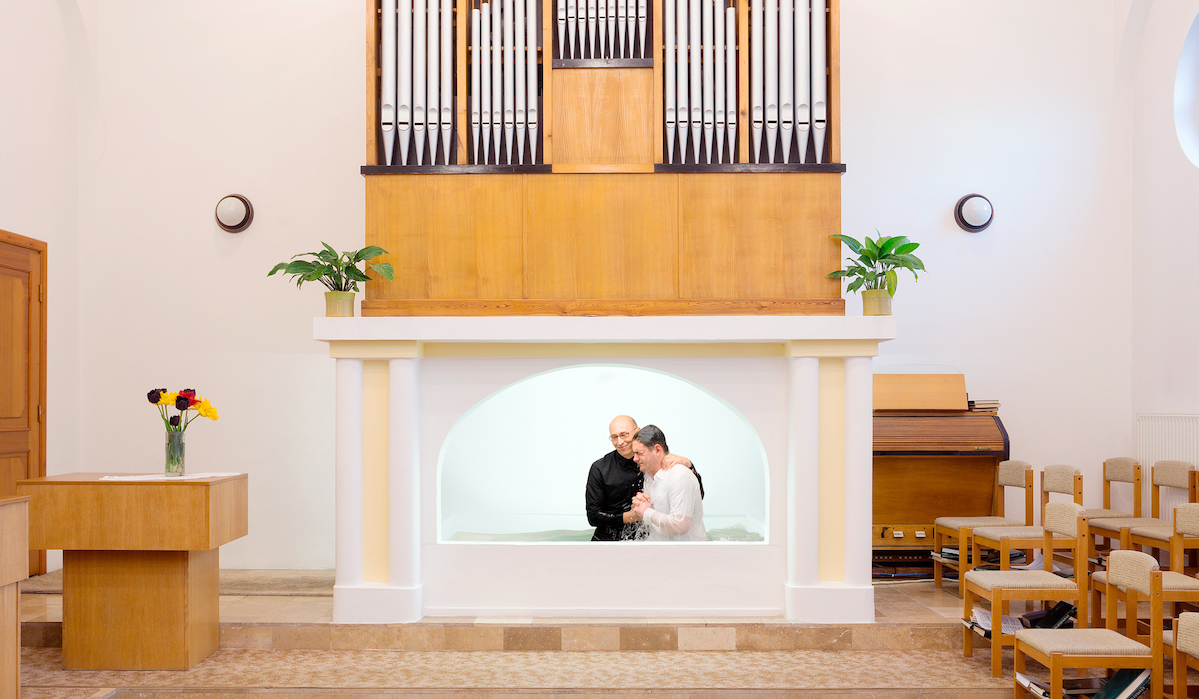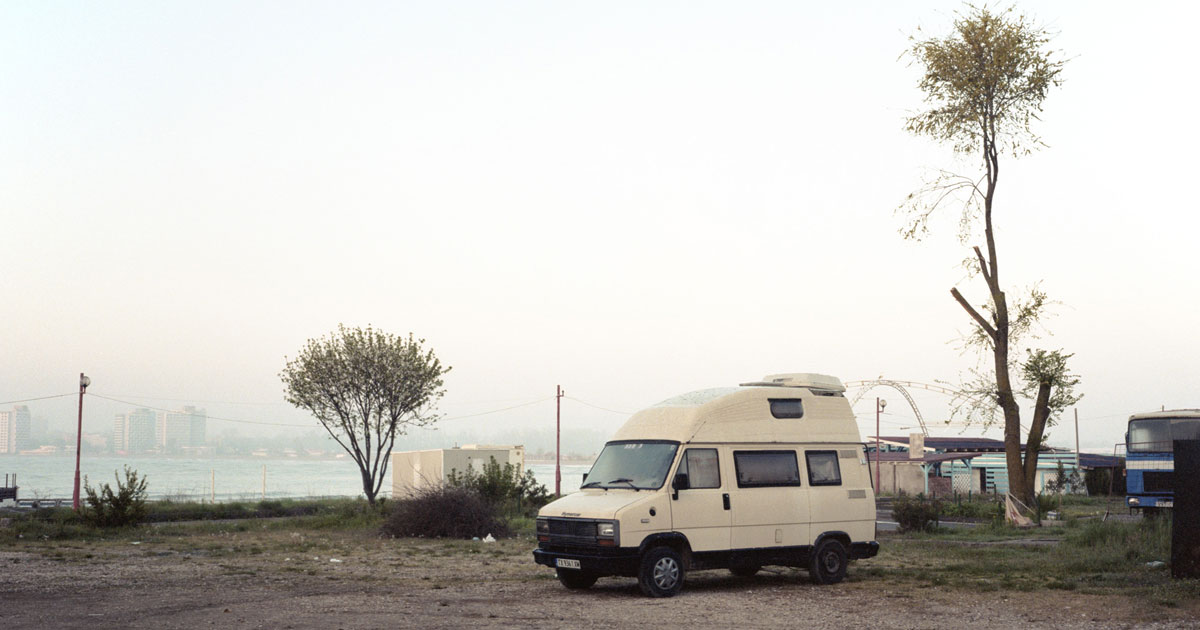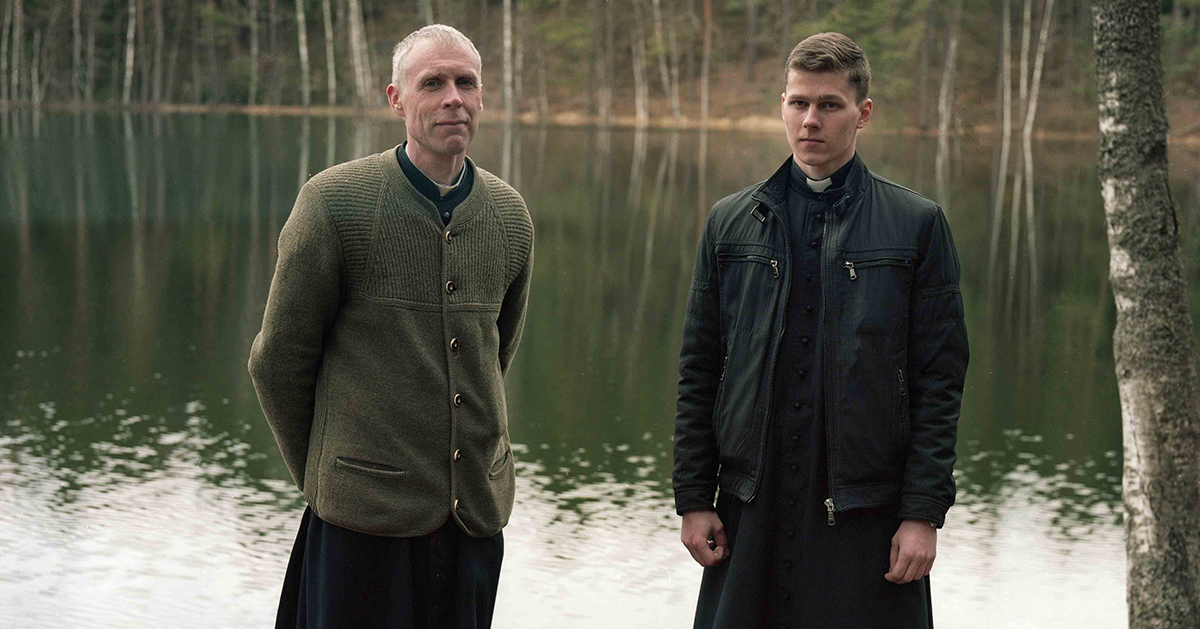Here’s why the relics of Hungary’s industrial past should be celebrated
New East Photo Prize 2018After receiving a wide range of entries from 26 New East countries, the New East Photo Prize 2018 is back with a new set of 16 finalists, with projects exploring modern-day witchcraft, graduation albums, legendary cosmonauts, contested territories and more. We caught up with the photographers to find out what drives their work. The exhibition is on display until 2 December at Calvert 22 Foundation.
Peter earned his BA degree as an economist and later graduated from the Photography MA programme of the Moholy-Nagy University Art and Design in Budapest, Hungary. Interested in collective memory, his photo story Victory is an exploration of Hungarian public and industrial buildings that have been either abandoned or modified. Owing to the various degrees of erosion and reconstruction they have experienced, these buildings have taken on an alternative, and at times, grotesque, identity. They have become subjects of collective remembrance — instances of a nation’s socio-political psyche.
How has the place where you grew up affected your work as a photographer?
I grew up in a small agricultural town in southern Hungary. After the downfall of the communist era the state-run companies went bankrupt or got privatised. This created a sad, fragmented and at the same time colourful landscape: a large part of the once-thriving industrial buildings and assets were left to decay. I thought then that this was a sad view, however, today I consider it as part of our visual culture.
What do you think makes a compelling photo story?
Usually the series that I like the most are visually very simple. A good photo story needs to be honest and playful. I prefer moderate creativity to bombastic sensations, too.
Pick one photograph from Victory and tell us something we would have never known about it.
My picture titled “Buttocks” has an interesting background. The name of the manor was “Fenékpuszta” which meant approximately “rear farm” or “bottom land” in the 18th century, hence the title of the castle. The fun fact is that today the word fenék means “ass“ more than anything else, giving the facade a grotesque twist. In the 19th century this manor was the place of a horse stud of European reputation.
What do you think are the most overused tropes in photography?
Alienation, vacant landscapes, urbanscapes, the selfie, war photography.
Was there a moment you ever regret taking a photo? How about a moment you didn’t take a photo but wish you had?
I seldom create snapshots, most of my published photographs are staged or semi-staged. I hardly remember a situation which I regret being in or that I missed — if I see a good spot, and I don’t have my equipment with me, I’ll surely return with a camera later on.
If you could get a scholarship to a prestigious art school, a chance to assist your favourite photographer or a plane ticket anywhere of your choice which would you pick and why?
I would pick the plane ticket. I don’t think it’s the prestige of art school that helps anyone become a great artist. I would not like to assist anyone either — I can only learn by screwing things up myself.
